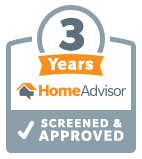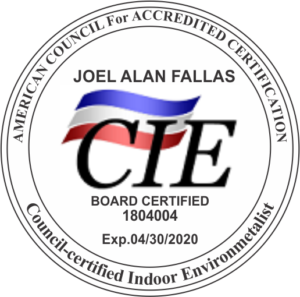The following is copied and pasted from the EPA’s,
(Environmental Protection Agency) website:



Link to the EPA (Environmental Protection Agency) website:
https://www.epa.gov/mold/mold-testing-or-sampling
“Mold Testing or Sampling
Is sampling for mold needed? In most cases, if visible mold growth is present, sampling is unnecessary. Since no EPA or other federal limits have been set for mold or mold spores, sampling cannot be used to check a building’s compliance with federal mold standards. Surface sampling may be useful to determine if an area has been adequately cleaned or remediated. Sampling for mold should be conducted by professionals who have specific experience in designing mold sampling protocols, sampling methods and interpreting results. Sample analysis should follow analytical methods recommended by the American Industrial Hygiene Association (AIHA), the American Conference of Governmental Industrial Hygienists (ACGIH), or other professional organizations.
Are there federal regulations or standards regarding mold testing?”
Standards or Threshold Limit Values (TLVs) for airborne concentrations of mold, or mold spores, have not been set. Currently, there are no EPA regulations or standards for airborne mold contaminants.
- Read the publication, “A Brief Guide to Mold, Moisture, and Your Home” [EPA 402-K-02-003]
- Read the publication “Mold Remediation in Schools and Commercial Buildings [EPA 402-K-01-001, March 2001]





